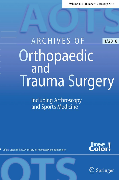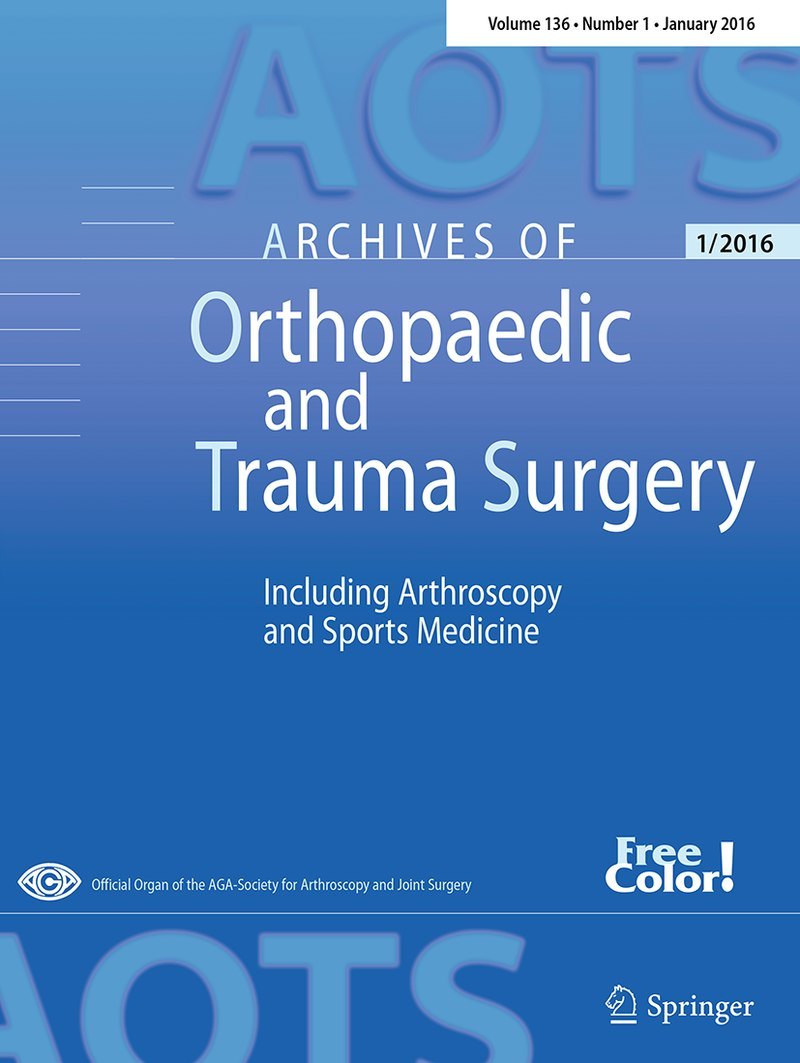
Elderly Hip Fractures: Similar mortality rates with cemented vs uncemented hemiprostheses .
This report has been verified
by one or more authors of the
original publication.
No difference in mortality between cemented and uncemented hemiprosthesis for elderly patients with cervical hip fracture. A prospective randomized study on 334 patients over 75 years
Arch Orthop Trauma Surg. 2013 Jun;133(6):805-9. doi: 10.1007/s00402-013-1726-5. Epub 2013 Mar 27334 patients, over the age of 75, presenting with cervical hip fractures were randomized to receive either a cemented or uncemented hemiprosthesis to compare mortality rates at 1 year between the two treatments. Results indicated that the uncemented group had a significantly decreased operating time and blood loss compared to the cemented group, without a significantly higher mortality rate (when assessed at 1 year), frequency of transfusions, or a perioperative drop in haemoglobin.
Unlock the Full ACE Report
You have access to 4 more FREE articles this month.
Click below to unlock and view this ACE Reports
Unlock Now
Critical appraisals of the latest, high-impact randomized controlled trials and systematic reviews in orthopaedics
Access to OrthoEvidence podcast content, including collaborations with the Journal of Bone and Joint Surgery, interviews with internationally recognized surgeons, and roundtable discussions on orthopaedic news and topics
Subscription to The Pulse, a twice-weekly evidence-based newsletter designed to help you make better clinical decisions
Exclusive access to original content articles, including in-house systematic reviews, and articles on health research methods and hot orthopaedic topics

































































